 1999 Toyota Harrier I (XU10) Dimensions, Size & Specs
1999 Toyota Harrier I (XU10) Dimensions, Size & SpecsMeasurements of the 1999 Toyota Harrier I, engineered for optimal performance and comfort
| Dimensions | |
|---|---|
| Length: | 4575 mm180.1 in15.0 ft |
| Width: | 1815 mm71.5 in6.0 ft |
| Height: | 1665 mm65.6 in5.5 ft |
| Ground Clearance: | 185 mm7.3 in0.6 ft |
| Trunk Capacity: | 860 liter30.4 cu ft |
| Trunk Capacity (Max): | 2130 liter75.2 cu ft |
| Weight Specifications | |
| Curb Weight: | 1590-1650 kg3505-3638 lbs |
| Tire Specifications | |
| Rims Size: | Other Rims:
|
| Tire Size: |
|
The 1999 Toyota Harrier I (XU10) is a mid-size SUV produced between 1997 and 2003, combining stylish design with practical dimensions suited for both urban driving and longer journeys. Measuring 4575 mm (179.9 in) in length, 1815 mm (71.5 in) in width, and 1665 mm (65.6 in) in height, this SUV provides a comfortable and spacious interior while maintaining a manageable footprint on the road. The vehicle's ground clearance of 185 mm (7.3 in) ensures competent off-road ability and better visibility without compromising comfort. Weighing between 1590 and 1650 kg (3507 to 3638 lbs), the Harrier I strikes a good balance between sturdiness and agility.
Discover the standout features that make the 1999 Toyota Harrier I a leader in its class
Have a question? Please check our knowledgebase first.
The Toyota Harrier I (XU10), produced from 1997 to 2003, has overall dimensions that measure 4575 mm (180.1 inches) in length, 1815 mm (71.5 inches) in width, and 1665 mm (65.6 inches) in height. These dimensions place it comfortably in the mid-size SUV category, providing a balanced footprint that offers both cabin space and urban maneuverability. Its width and height ensure a stable ride while offering sufficient head and shoulder room inside.
The curb weight of the Toyota Harrier I (XU10) ranges between 1590 kg (3509 lbs) and 1650 kg (3638 lbs), depending on the trim and options. This weight supports a stable and composed ride quality. The relatively moderate weight for an SUV of its size enhances fuel efficiency and contributes to a confident handling experience without compromising comfort or safety.
The Toyota Harrier I offers a generous luggage capacity of 860 liters (30.4 cubic feet) with the rear seats in place, providing ample space for daily cargo and family needs. When the rear seats are folded down, the capacity expands significantly to 2130 liters (75.2 cubic feet), allowing for larger or bulkier items to be transported, making it a versatile choice for both urban driving and longer trips.
The Toyota Harrier I (XU10) features a ride height or ground clearance of 185 mm (7.3 inches). This moderate ground clearance allows it to comfortably clear most urban obstacles like speed bumps and potholes, while also providing enough clearance for light off-road conditions and rough terrain. It strikes a good balance between on-road stability and occasional off-road use.
The standard wheel size for the Harrier I (XU10) is 6.5J x 16 ET35, which pairs with tires sized 215/70 R16 99S. These specifications provide a stable contact patch, contributing to good ride comfort and handling dynamics. The 16-inch rims complement the SUV's size, ensuring effective braking and traction performance in various driving conditions.
With a length of 4575 mm (180.1 inches), width of 1815 mm (71.5 inches), and height of 1665 mm (65.6 inches), the Toyota Harrier I (XU10) generally fits into a standard residential garage comfortably. Most typical garages offer dimensions of around 6 meters (about 236 inches) in depth and 3 meters (118 inches) in width, which accommodates the Harrier with space to spare for doors opening and some storage. However, considerations such as additional garage shelving or other vehicles may impact ease of parking.
The Toyota Harrier I (XU10) replaced the Toyota Camry-based SUV known as the Toyota RAV4 in some markets but is distinct in positioning. Compared to the earlier Toyota RAV4 first generation (produced 1994-2000), the Harrier I is larger in overall dimensions, with a longer length and wider stance, providing a more premium and spacious experience. Its SUV category and elevated ride height offer improved comfort and utility compared to smaller predecessors or related compact SUVs.
Compared to other mid-size SUVs from the late 1990s to early 2000s such as the Honda CR-V, Nissan X-Trail, or Mitsubishi Outlander, the Toyota Harrier I boasts larger interior volume and cargo space. Its larger luggage capacity of up to 2130 liters with seats folded sets it apart by offering more versatility for family or vacation use. Dimensionally, the Harrier provides a well-rounded package with a more premium design focus, making it an attractive choice in its segment.
The Toyota Harrier I (XU10) was primarily offered with four-cylinder and six-cylinder gasoline engine options during its production. Engine choices included the 2.0-liter inline-four and the more powerful 3.0-liter V6, which delivered smooth and competent performance suitable for urban and highway driving. The V6 option, in particular, provided a refined driving experience with ample power for an SUV of this size, balanced with reasonable fuel efficiency for the period.
The Toyota Harrier I was designed with a focus on luxury and comfort, rivaling other premium SUVs of its time. It featured elegant styling cues such as a sleek aerodynamic body, upscale interior materials, and well-designed ergonomics. Comfort features often included power-adjustable seats, climate control, superior sound insulation, and a high-quality audio system. These elements made the Harrier a compelling choice for buyers seeking a refined yet practical SUV in the late 1990s and early 2000s.
Discover similar sized cars.
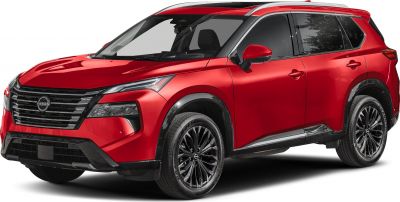
| Production: | 2025-present |
|---|---|
| Model Year: | 2024 |
| Length: | 4648-4710 mm183.0-185.4 in |
| Width: | 2144 mm84.4 in |
| Height: | 1689-1740 mm66.5-68.5 in |

| Production: | 2020-2023 |
|---|---|
| Model Year: | 2021 |
| Length: | 4648 mm183.0 in |
| Width: | 1839 mm72.4 in |
| Height: | 1689 mm66.5 in |
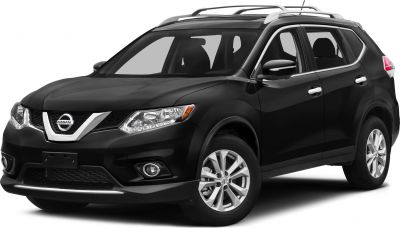
| Production: | 2013-2016 |
|---|---|
| Model Year: | 2014 |
| Length: | 4630 mm182.3 in |
| Width: | 1839 mm72.4 in |
| Height: | 1684 mm66.3 in |
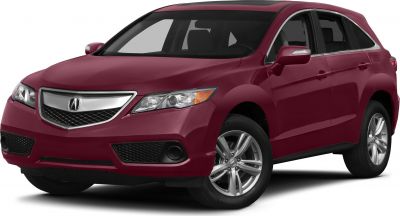
| Production: | 2013-2015 |
|---|---|
| Model Year: | 2013 |
| Length: | 4660 mm183.5 in |
| Width: | 1872 mm73.7 in |
| Height: | 1678 mm66.1 in |
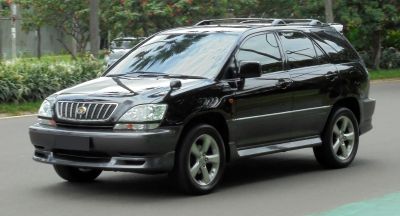
| Production: | 2000-2002 |
|---|---|
| Model Year: | 2000 |
| Length: | 4575 mm180.1 in |
| Width: | 1815 mm71.5 in |
| Height: | 1665 mm65.6 in |
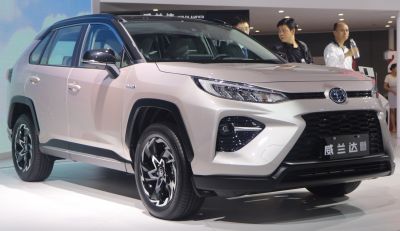
| Production: | 2019-present |
|---|---|
| Model Year: | 2020 |
| Length: | 4665 mm183.7 in |
| Width: | 1855 mm73.0 in |
| Height: | 1680 mm66.1 in |
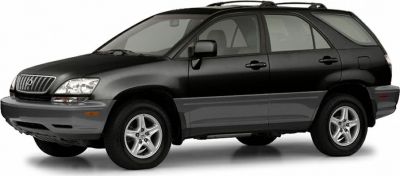
| Production: | 1997-2003 |
|---|---|
| Model Year: | 1999 |
| Length: | 4580 mm180.3 in |
| Width: | 1816 mm71.5 in |
| Height: | 1660 mm65.4 in |
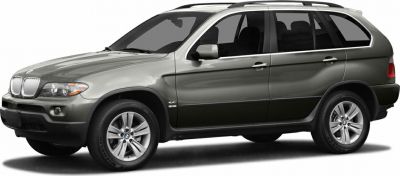
| Production: | 2003-2006 |
|---|---|
| Model Year: | 2003 |
| Length: | 4667 mm183.7 in |
| Width: | 2180 mm85.8 in |
| Height: | 1707-1715 mm67.2-67.5 in |
